Accidents in the work environment can have crushing outcomes, influencing the two representatives’ prosperity and an organization’s efficiency and notoriety. The way to forestalling future episodes lies in leading careful mishap examinations. A first rate mishap examination not just reveals the underlying drivers of an occurrence yet in addition gives significant experiences to further developing security gauges and forestalling comparative episodes later on. In this blog, we’ll investigate the absolute best mishap examination rehearses that can assist associations with establishing more secure workplaces and safeguard their most significant resource — their representatives.
Respond Promptly and Secure the Scene
Immediate response to an accident is crucial to provide timely medical assistance to injured individuals. It also prevents further harm or damage and preserves evidence necessary for the investigation. By securing the scene, investigators can ensure that crucial details, such as the position of equipment, materials, and environmental factors, remain undisturbed.
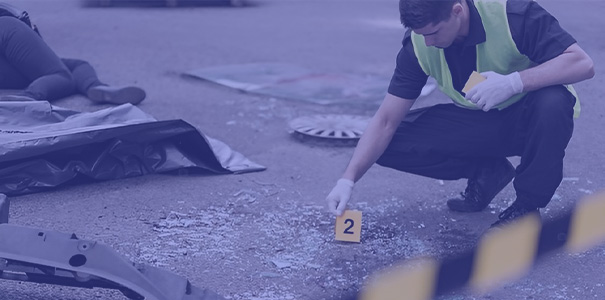

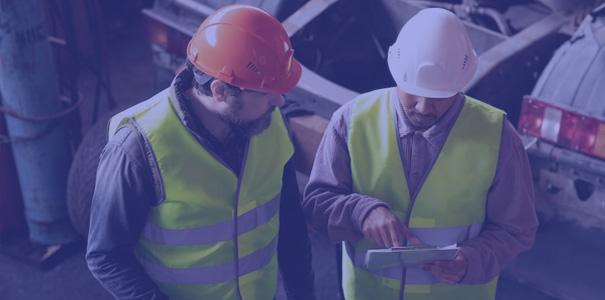
Establish an Investigation Team
Creating a diverse investigation team brings together individuals with different expertise, perspectives, and experience. Safety professionals can offer technical knowledge, supervisors understand work processes, and frontline employees provide first-hand insights. Collaborative teamwork ensures a comprehensive investigation and promotes a sense of ownership in safety matters.

Gather Information and Conduct Interviews
Thoroughly collecting information and conducting interviews are essential to reconstruct the events leading up to the accident. Eyewitness accounts, photographs, videos, and relevant documents all contribute to the investigation’s accuracy. Interviews help piece together the sequence of actions, identify potential hazards, and highlight any deviations from standard procedures.
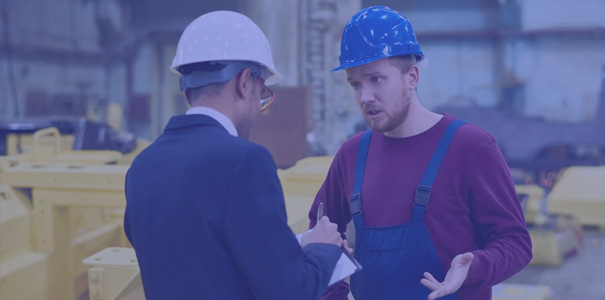

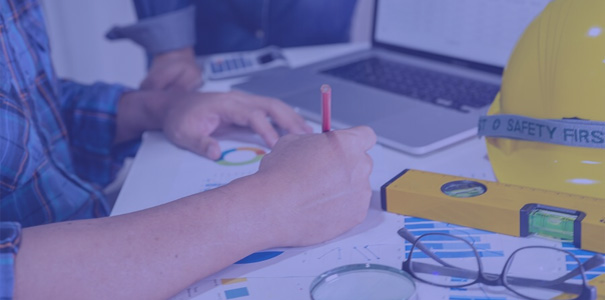
Use Root Cause Analysis (RCA) Techniques
Root cause analysis involves identifying the underlying causes of an incident, not just the immediate factors. The “5 Whys” technique explores multiple levels of causation by repeatedly asking “why” until reaching the root cause. Fault tree analysis visually maps out various potential causes, while fishbone diagrams categorize factors contributing to the incident.

Analyze Safety Systems and Procedures
Investigating safety systems and procedures provides insights into the effectiveness of existing safety measures. It helps identify gaps, weaknesses, or deviations in safety protocols that may have contributed to the accident. By understanding these aspects, organizations can enhance their safety policies and ensure they align with industry best practices.
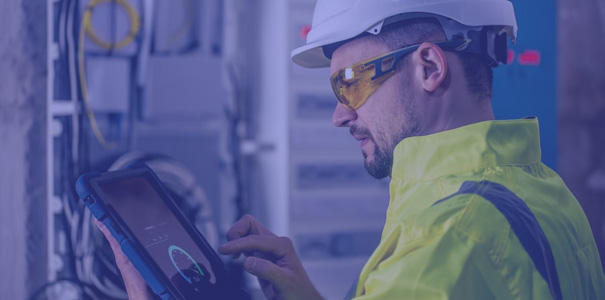

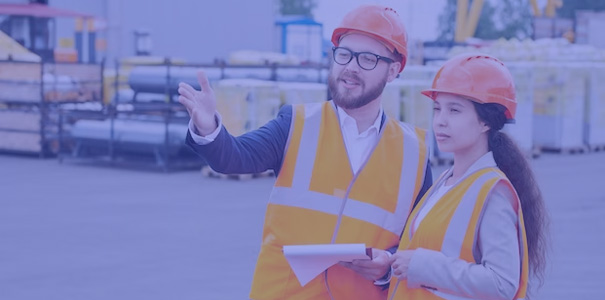
Look for Human Factors
Recognizing the influence of human factors is critical in preventing similar incidents. Factors like fatigue, stress, inadequate training, distractions, or complacency can lead to errors or unsafe behaviors. Addressing these human elements through targeted training, better work scheduling, and improved communication can significantly reduce the risk of future accidents.

Involve Employees and Promote a Blame-Free Culture
Involving employees in the investigation process empowers them to contribute their insights and experiences. It fosters a sense of ownership in safety and encourages active participation in safety initiatives. By promoting a blame-free culture, employees feel comfortable sharing their observations without fear of retribution, facilitating more honest and comprehensive reporting.
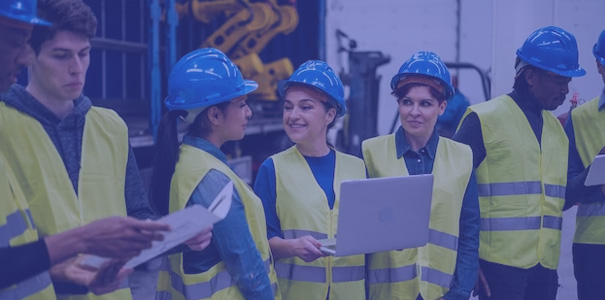

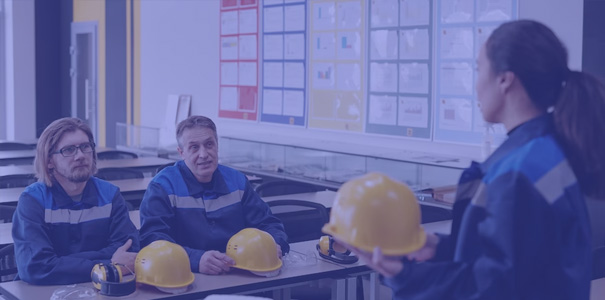
Develop Corrective and Preventive Actions
The investigation’s ultimate goal is to prevent future incidents by addressing the root causes. The corrective actions target immediate concerns, while preventive actions focus on systemic improvements. Developing clear and achievable action plans with defined responsibilities and timelines ensures timely implementation.

Communicate and Implement Findings
Effective communication of investigation findings and proposed actions is vital to drive change throughout the organization. Stakeholders must understand the investigation’s outcomes and the importance of implementing the recommended changes. Transparent communication reinforces the organization’s commitment to safety.


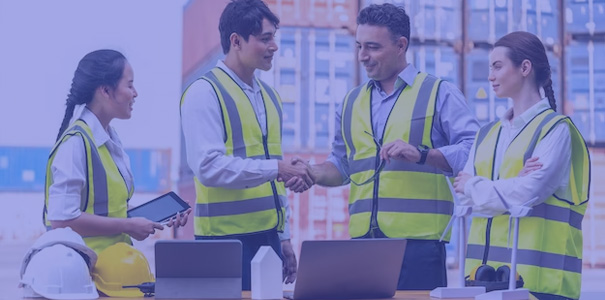
Learn and Continuously Improve
Viewing accident investigation as a learning opportunity promotes continuous improvement. Organizations should encourage a culture where employees learn from incidents, share knowledge, and proactively contribute to safety enhancement. Regular safety training, toolbox talks, and safety meetings keep safety at the forefront of employees’ minds.

Organizations may promote a proactive safety culture and prevent potential accidents by adhering to these best accident investigation practises. Investigating accidents is an investment in both the long-term growth of the business and the welfare of its employees. Every employee will work in a workplace that is safer and more productive because to a dedication to learning from mistakes and putting effective preventative measures into place.
Contact Us
Kindly call our Experts @ +91 8121563728 / +91 8015527650 or mail us @ kalyan.r@greenworldsafety.com / indumanasa.m@greenwgroup.com
Get Your Query Answered / Get Expert Assistance To Choose the Right Course for You Or Your Associates






